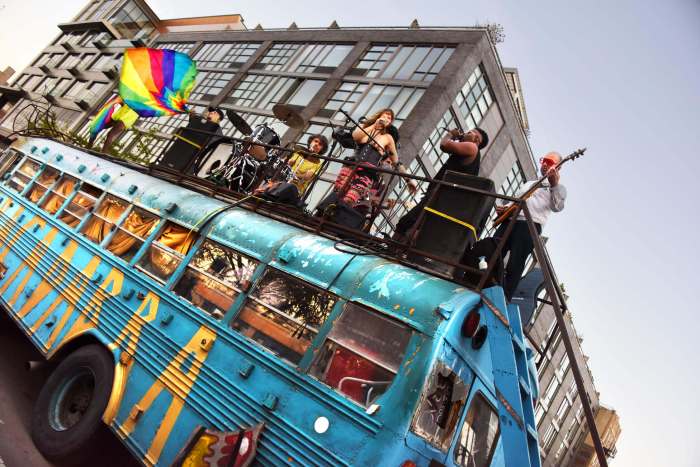A new podcast unveils Coney Island’s colorful past through oral histories recorded by longtime residents, business owners, and artists.
“Coney Island Stories,” released on Dec. 21 by the non-profit the Coney Island History Project, stitches together excerpts from the organization’s vast oral history archive to create thematic episodes about the neighborhood, said the podcast’s producer.
“I wrote the scripts trying to find common themes to bring together, I would say, about five different narrators into each podcast,” said Tricia Vita, who created the podcast with the non-profit’s founder, Charles Denson, and audio producer Ali Lemer.
The four episodes that have been released so far give voice to artists, business owners along Mermaid Avenue, and the families that founded Coney Island’s most famous restaurants — such as the children of the restauranteurs who opened Gargiulo’s Restaurant and Nathan’s Famous.
The episodes also explore the experiences of immigrants. In one episode, an immigrant from Hong Kong named Ho Cheung Li describes how his Mermaid Avenue pharmacy has become a community meeting point for older residents.
“He talks about how in the daytime, most of the people who come to the store are very old people and very young people,” Vita explained. “Older people come to him for news of America, and he gives them information, so it kind of became this information hub.”
In another episode, listeners get to know artist Hector George Wallace, a painter who created signs for Ruby’s Bar and Grill, Pete’s Clam Shop, and Paul’s Daughter.
Wallace, who recently passed away, moved to Coney Island from England and got his start painting signs for the wax museum that used to operate by the amusement park. The Jamaican-born artist was classically trained, Vita added.
“It was really interesting to hear his story. He talks about how he went to art school. Sometimes people think that some of these sign painters might be outsider artists,” she said.
The first four episodes of “Coney Island Stories” come after nine months of work and years or anticipation, Vita said.
“Over the past few years when podcasts became popular, I can’t tell you how many people asked us, ‘Why don’t you do a podcast?'” she said, adding that the mandatory shutdown of the History Project’s in-person exhibit has given her time to produce the episodes. “When we started to have to work from home because of the pandemic, there was time to actually create the podcast.”
Vita and her co-producers plan to continue releasing episodes that pull from the History Project’s more than 375 oral histories. Future episodes may explore a variety of themes that listeners have suggested, Vita said.
“Some of the themes would be Steeplechase [Park], Astroland Park, rollercoasters, the Coney Island beach, people who work or worked in the amusement area, growing up in coney island … community activism. Those were some of the topics,” she said. “We will be doing a new episode approximately once a month.”
“Coney Island Stories” is available online at ConeyIslandHistory.org, and on Spotify.























